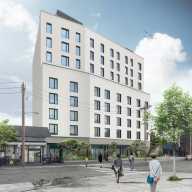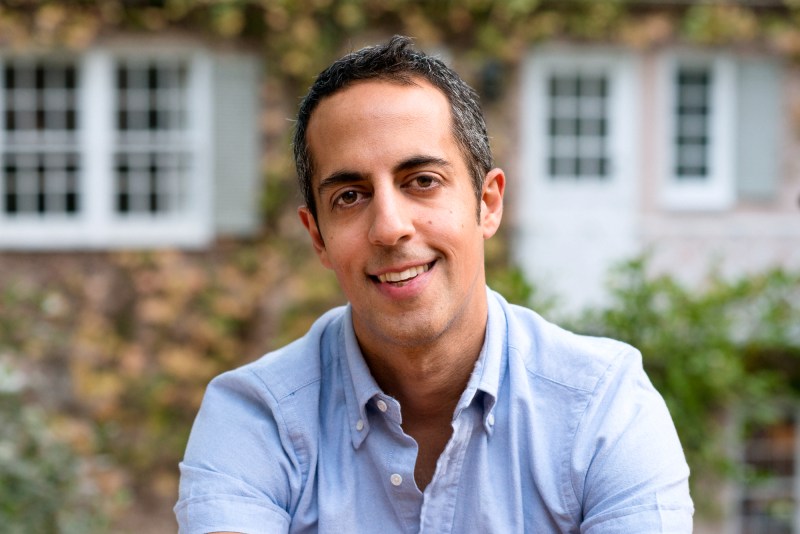One of the myths surrounding domestic violence is that it is just a woman’s issue.
“The majority of our clients are women, but we do see some male victims,” said Jessica Spector, a staff attorney with the Urban Justice Center’s Domestic Violence Project.
Spector said that one barrier that exists in males seeking help is that many may not recognize that they are in a situation that is considered domestic violence. In addition, she said that heterosexual men might not want to admit that a woman is abusing them.
Rita Abadi, the counselor coordinator of the Sexual Assault and Violence Intervention (SAVI) Program at Mount Sinai Hospital, said that if a man says he was beat up by his wife, people around him might laugh at him and question a man being victim.
“The truth is, the same way that women don’t want to be violent, some men don’t want to be violent,” she said. “Some men don’t want to be violent and even if they have the physical ability to step in or even to hurt the other person, they have values that they believe no one should be hurt.”
Abadi said that male victims are “usually not taken very seriously.” She has seen a few cases where a heterosexual male survivor has been arrested when the police have been called. Adabi said many times the police arrest both or the male and that the chances of a male survivor being arrested are higher than a female survivor being arrested.
“The social expectation is the woman is the victim and the male is not,” Abadi said.
From what Abadi said she has personally seen, male victims typically will seek help when they have been hurt with some kind of instrument or tool. She said that since women are not as physically strong, when a man is hurt something else is typically used.
The number of barriers faced increases for immigrant male victims.
“For immigrant males, the barriers to accessing services are even more compounded,” Spector said, adding that it is very hard for them to come forward and get services. “I think that the collaboration between and among community and legal services can help with that.”
Spector said that some immigrants are scared to call the police.
Ruth Villalonga, the communications and outreach manager at the Mayor’s Office to Combat Domestic Violence, said that some undocumented male immigrants are somewhat used to being objects of abuse, noting that they are abused in terms of wages, types of work, hours and living arrangements.
“I wouldn’t say it’s a pattern but that there are cases in which they come to the conclusion that they have to put up with it [the abuse],” Villalonga said. “That many translate into their relationships as well.”
Spector pointed out that “different cultures have different approaches to asking for help.” She said although in American culture people are more forward about asking for what they need, other cultures do not do that.
“For a lot of the immigrant clients that I work with, that’s not polite, that’s not what they learned to do in their culture,” Spector said.
Villalonga said that in some cultures it is not part of a man’s role to ask for help, and that doing so can be seen as a disability or a shortcoming.
Since there is still a stigma of someone being less of a man if they are abused by a woman, Abadi said, education could be one factor in having more men come forward and get help. She said that when there is more education and more programs, more reporting is likely to occur.
More on domestic violence: part 2 of our series.
THE CRIPPLING DAMAGE TO CHILDREN
TRAINING PEER EDUCATORS TO PREVENT ABUSE
LANGUAGE LINE SPEAKS YOUR LINGO
VERIZON ‘HOPES’ TO USE OLD PHONES TO HELP
Stories and links from part 1 of our series on domestic violence can be found here:
THE SILENT SHAME- AN INTRODUCTION TO DOMESTIC VIOLENCE






























